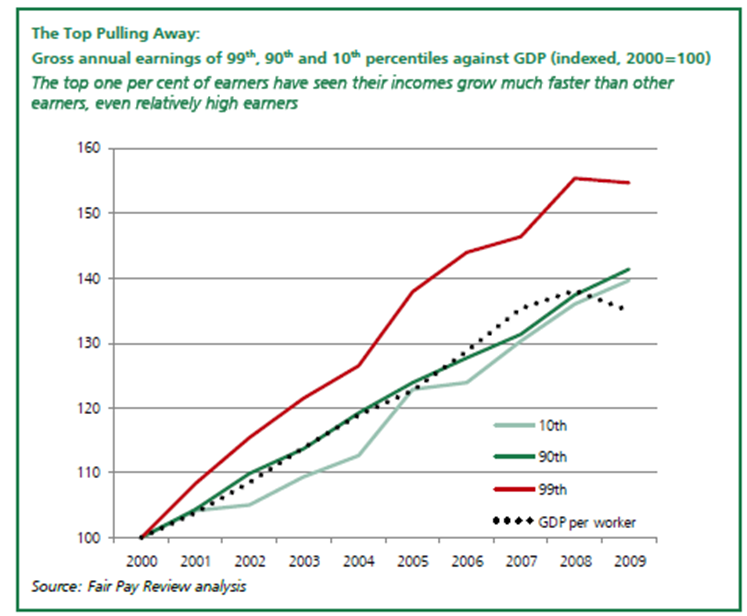Hutton review publishes its interim report into fair pay in the public sector
Yesterday saw the publication of the interim report from Will Hutton’s Review of Fair Pay in the Public Sector, commissioned by the government.
The bald headline from the report is one of modest reform: moving toward recommending the introduction of a 20:1 maximum ratio between the top and bottom salary in any public body. This ratio is more generous than existing pay arrangements, but it is more radical than that superficially makes it appear.
First, the ratio has been increasingly and is likely to continue to do so, particularly with public sector structural reforms the government is planning. So introducing a cap that looks modest now may yet have a radical impact in the future.
Second, as I wrote in June:
It provides a fair pay benchmark which campaigners, pressure groups and the public can use more widely. Whatever is decided to be the formal extent of its applicability, there is nothing to stop people pushing for its wider adoption and there is good evidence that pay at the very top of the private sector has got out of control, increasing far faster than profits, turnover or other performance would justify. Partly because of the number of firms who set their top pay saying that it must compare well with the rest of the sector, there has been a self-reinforcing upward spiral in pay as everyone pushes up everyone else’s top pay.
A 20:1 ratio would still allow for generous top pay, but stop that cycle – if it ends up applying more widely. Whether or not that happens is not just a matter for central government. For example, even if the government holding the majority of shares in a bank does not mean the 20:1 ratio applies to that bank, that doesn’t stop a campaign to introduce such a ratio. The use of the 20:1 ratio across large parts of the economy will provide a clear benchmark that will make those sort of wider campaigns more effective.
It’s easy to see how over time the 20:1 ratio could become a standard applied to suppliers to the public sector, by ethical investment funds, by good corporate practice lobbyists and more.
The full report (or at least the executive summary) is well worth a read, particularly for information such as this graph:

Leave a Reply